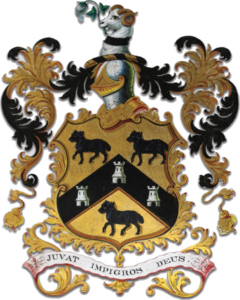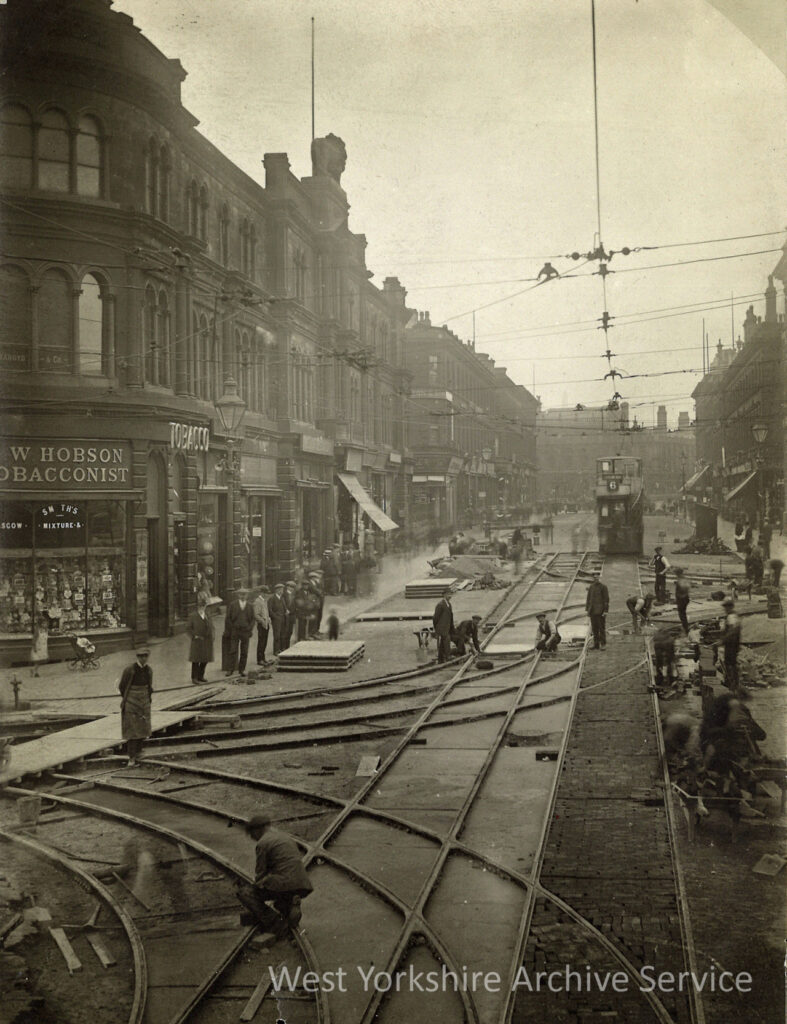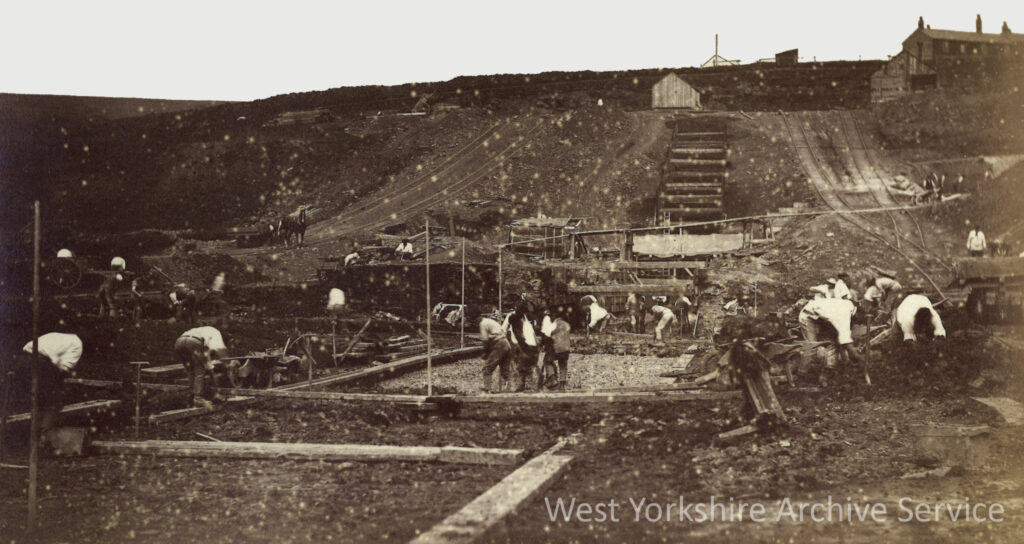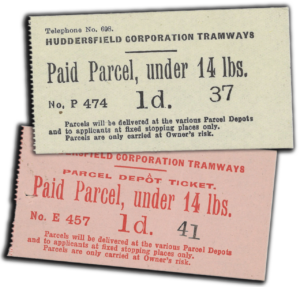
In 1868 Queen Victoria granted Huddersfield a Royal Charter of Incorporation. This charter created Huddersfield Corporation, the town’s first elected local council. The Corporation wasted no time in putting its new powers to use and quickly set up pioneering public services for the benefit of the town and its people.
Industrialisation and urbanisation throughout the 19lh century had put extreme pressure on Huddersfield’s limited public facilities. One of the first challenges for the Corporation was to improve the town’s water supply which was essential for both the health of the growing population and the thriving textile industry. Over the next 40 years the Corporation built five new reservoirs and purchased two more which provided almost 500 million gallons of water a year to Huddersfield’s residents and businesses.

The Corporation also transformed the town’s transport infrastructure. In 1882 Huddersfield Corporation opened the first council-operated tramway in the country. The first trams were pulled by steam locomotives but they were replaced by cleaner electric trams in 1902. By 1918 the tramway provided 32 million passenger journeys across 2.8 million miles each year. The expansion of the tramway increased the mobility of Huddersfield’s workforce and led to the growth of Moldgreen, Lockwood, Oakes, Marsh, Birkby, Fartown and Waterloo.
Did you know?
Huddersfield’s trams also provided a coal and parcel delivery service! Trams delivered coal to textile mills along certain routes and mobile post boxes were attached to each tram with delivery agents at shops across the network.
In addition to these remarkable achievements, Huddersfield’s pioneering council also took over the town’s gas and electricity supply, acquired its market rights and established some of the first council housing in the country. It was this pioneering spirit that was behind the Corporation’s ground-breaking decision to purchase the Ramsden estate in 1920.

All images copyright West Yorkshire Archive Service, please contact us for more information about these archives and the reuse of these images.
